
Breathe, Create, Unwind: Art Therapy for Enhancing Mindfulness and Relaxation
Today’s chosen theme: Art Therapy for Enhancing Mindfulness and Relaxation. Step into a gentle, creativity-first approach to presence and ease. Through color, texture, and compassionate attention, we’ll explore practices, stories, and science that help you slow down, soften stress, and reconnect with yourself. Share your reflections, ask questions, and subscribe to keep this mindful art journey close at hand.
What Art Therapy Means for Mindfulness and Relaxation

When your hands lead and your focus follows, distractions loosen their grip. Repetitive marks, slow layering, and sensory curiosity invite a meditative rhythm. This gentle cadence reduces mental clutter, helping you notice breath, posture, and emotion without judgment.
Preparing Your Grounding Creative Space
Invite soft, indirect light and clear a surface the size of an open sketchbook. Sit, place both feet on the floor, and take three slow breaths. This tiny ritual signals your nervous system that this is a safe, restorative pocket of time.
Mindful Techniques You Can Try Today
Dip your brush, inhale for four counts, and exhale as you pull one slow stroke. Repeat with new lines, matching each movement to your breathing. The body sets the pace, teaching your mind to soften, settle, and stay with the present moment.
Mindful Techniques You Can Try Today
Outline a simple figure and gently shade areas that feel tight or warm. Choose calming colors where comfort lives and cooler tones where tension gathers. As you color, breathe into each area, acknowledging sensations kindly rather than trying to fix them.
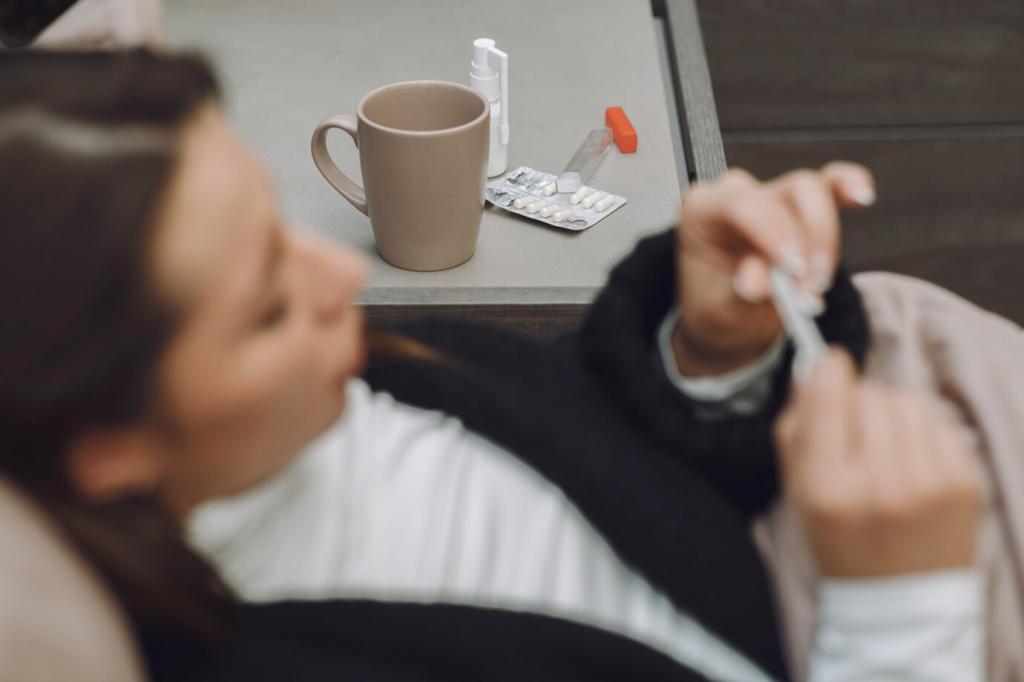
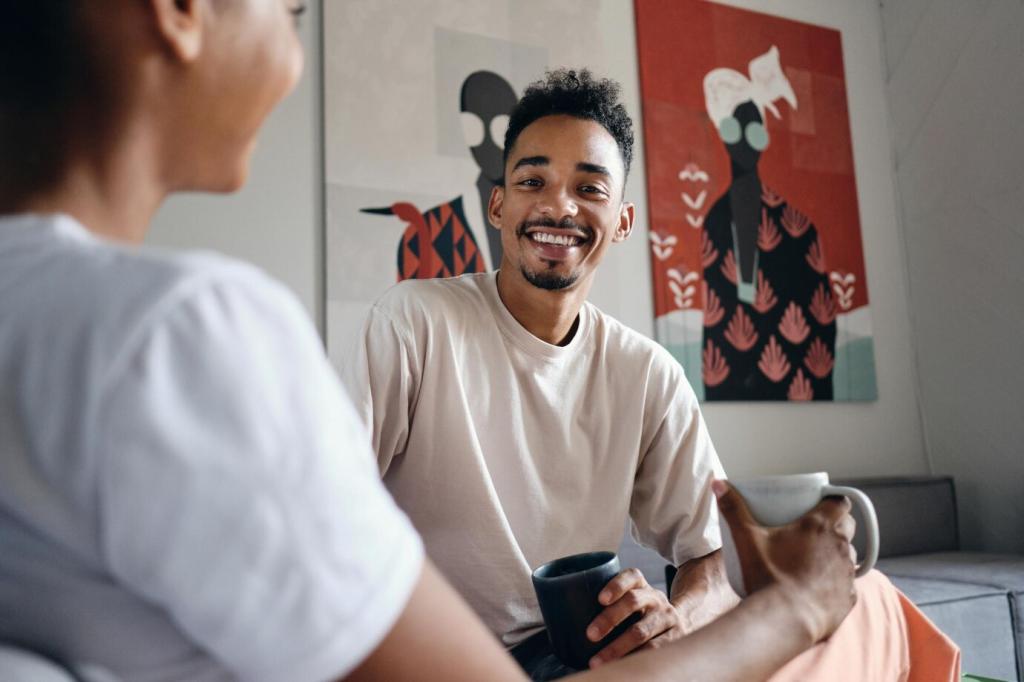
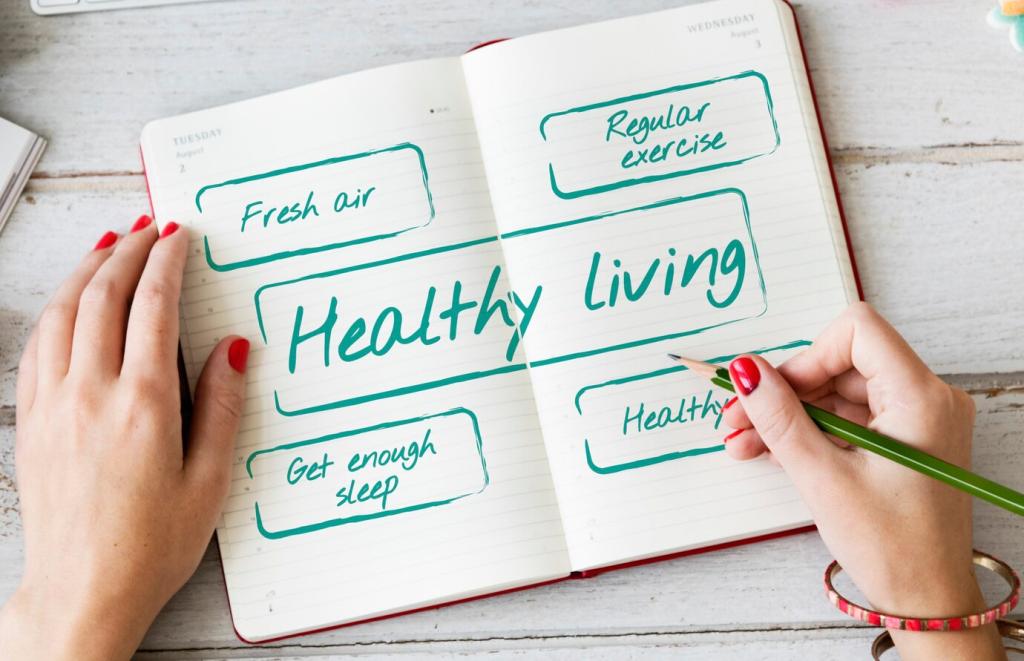
Cool palettes—blues, greens, soft purples—often signal calm, while warm tones may energize or comfort depending on memory. Test small swatches while breathing deeply. Notice which hues feel like shade on a hot day, or a blanket in winter, and follow that sensation.

Repetitive lines, dots, or crosshatching create a gentle metronome for attention. Let your hand move steadily, like waves on a quiet shore. This predictable rhythm reduces mental noise, invites flow, and offers a dependable path back to mindful relaxation.
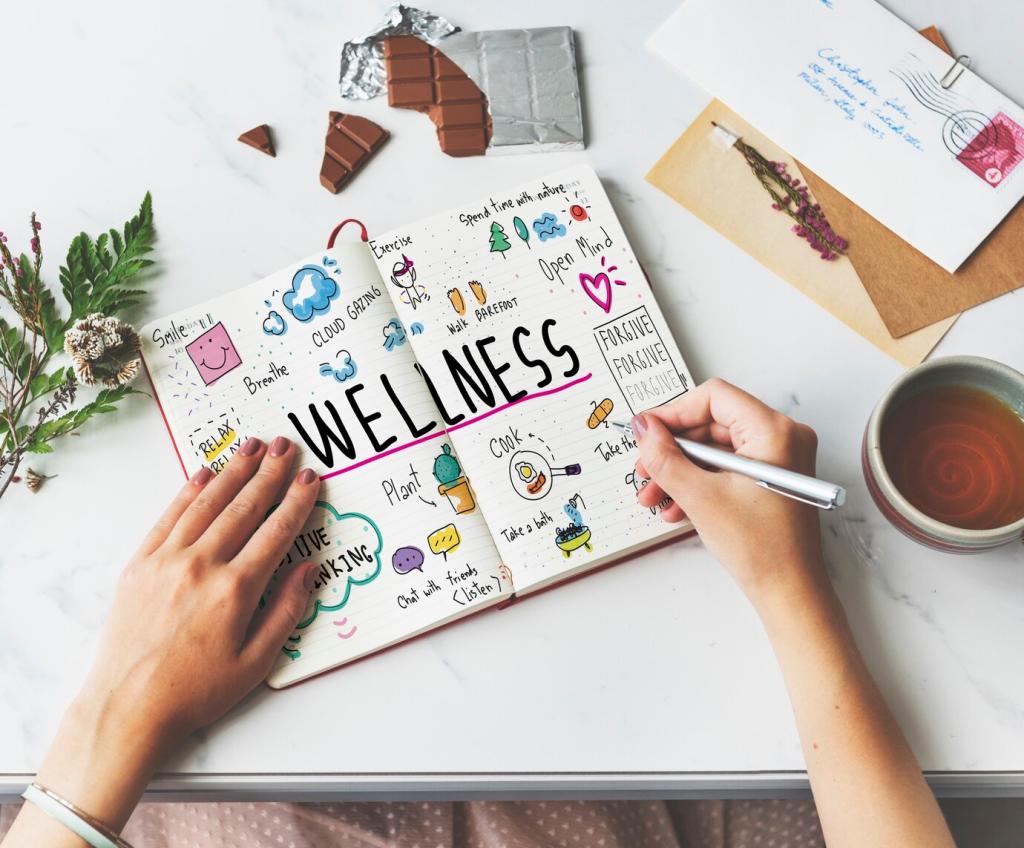
Choose one color and explore value only—light to dark. Limiting choice lowers pressure and spotlights sensation: pressure of the pencil, grain of paper, sound of strokes. The simplicity becomes a sanctuary where calm emerges from focused, uncomplicated attention.
Stories and Small Triumphs
A nurse kept two markers in a lunch bag—deep teal and gentle sand. Ten minutes of layered waves became a bridge from chaos to home. The pages filled slowly, and so did patience, making bedtime stories feel unhurried and present.
Stories and Small Triumphs
A student drew nested circles before study sessions, breathing through each ring. The repeated shape lowered heart rate and sharpened focus. By finals week, their notebook looked like a topographic map of calm—evidence of mindfulness built one contour at a time.
Stories and Small Triumphs
Neighbors gathered around a long table to color shared mandalas. Conversation softened to whispers, pencils tapped like rain, and strangers smiled at symmetrical blooms. People left lighter, exchanging emails to continue the practice and inviting others to join next month.
Studies suggest brief creative activity can reduce cortisol for some participants. When tasks are manageable and meaningful, people enter flow—time softens, stressors recede, and a sense of gentle control returns, which can contribute to feeling calmer afterward.
What Research Suggests
Mindful making can shift attention from ruminative loops toward sensory, task-focused awareness. As the brain toggles networks, soft focus supports presence. This shift often feels like exhaling mentally—less mental chatter, more here-and-now contact through sight, touch, and breath.
What Research Suggests
Keep the Practice Alive
Post a photo of today’s page and tell us how your body felt before and after. Comment with your favorite calming color, invite a friend, and subscribe for weekly prompts so these supportive moments keep arriving right on time.
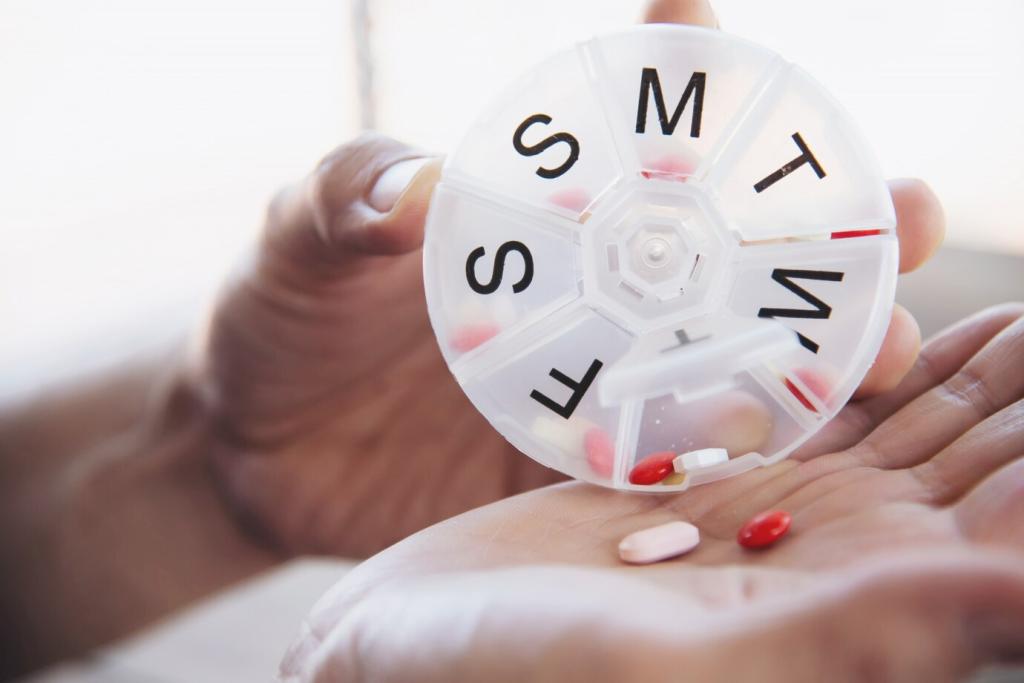
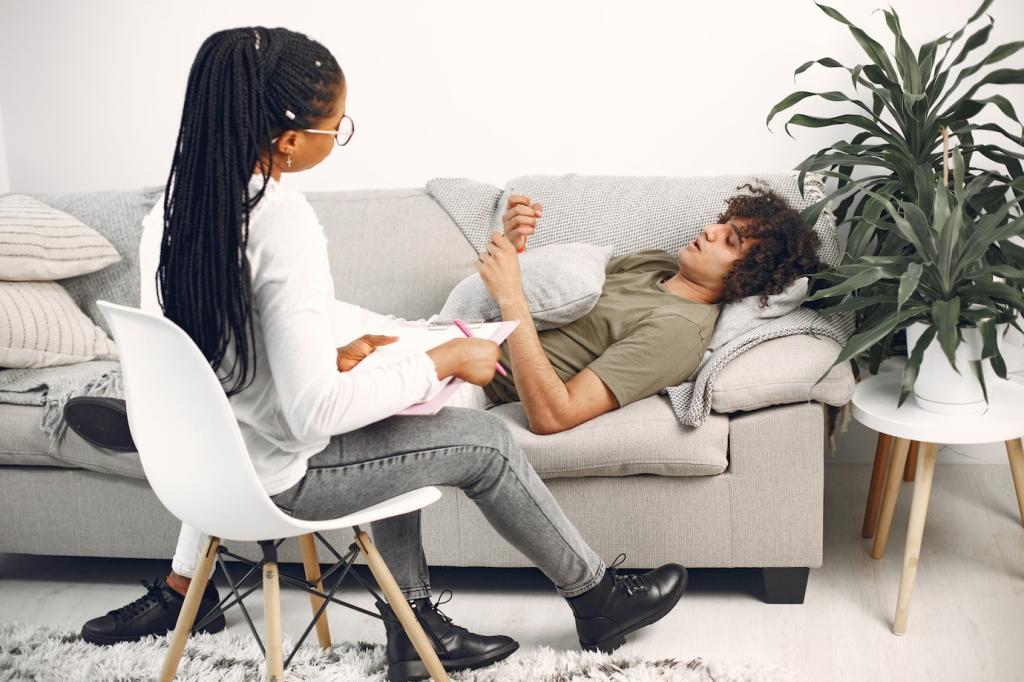
Keep the Practice Alive
After creating, jot down three sensations you noticed, two emotions that shifted, and one intention for next time. These notes turn small sessions into a meaningful path, helping you witness progress without pressure or perfectionism.
